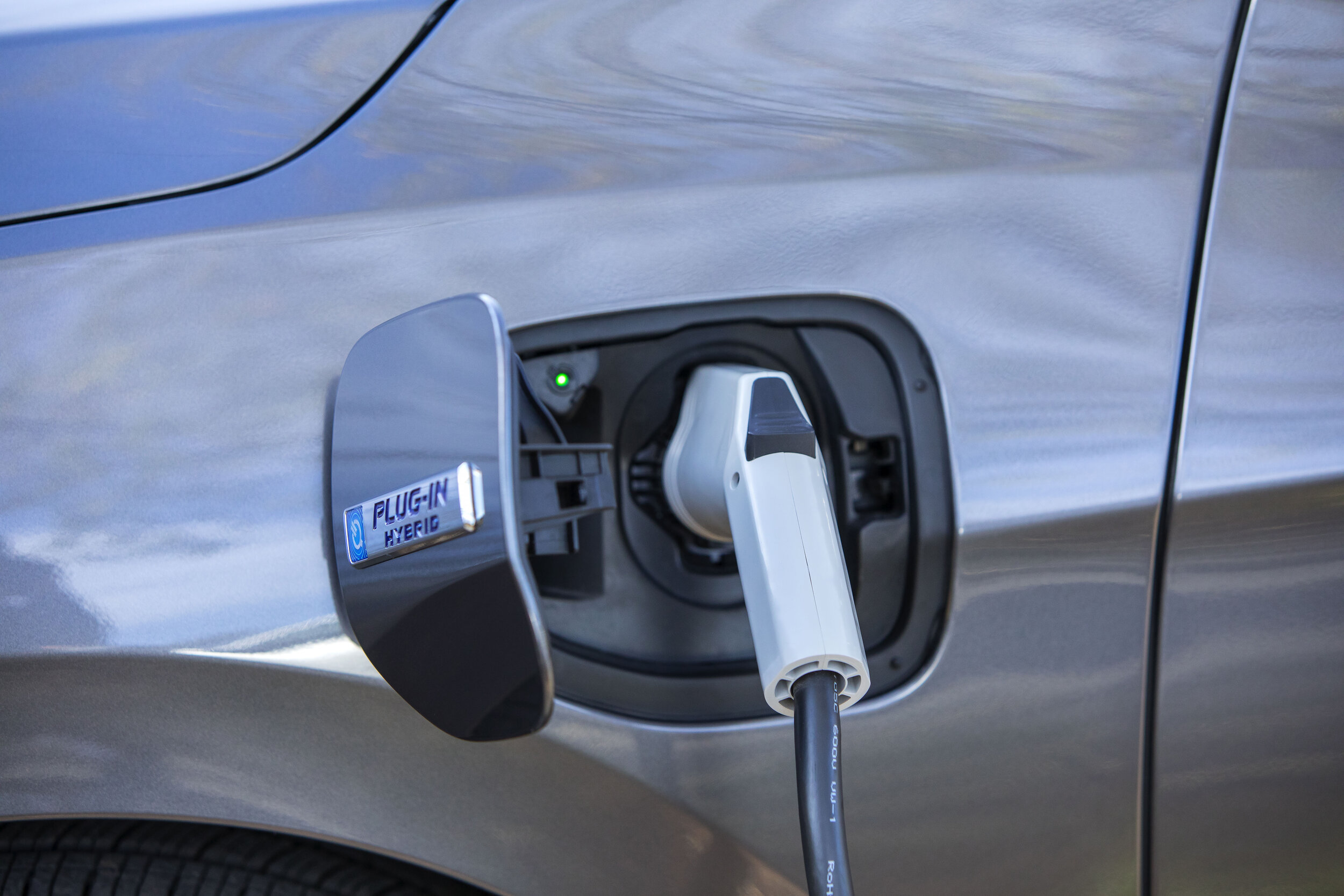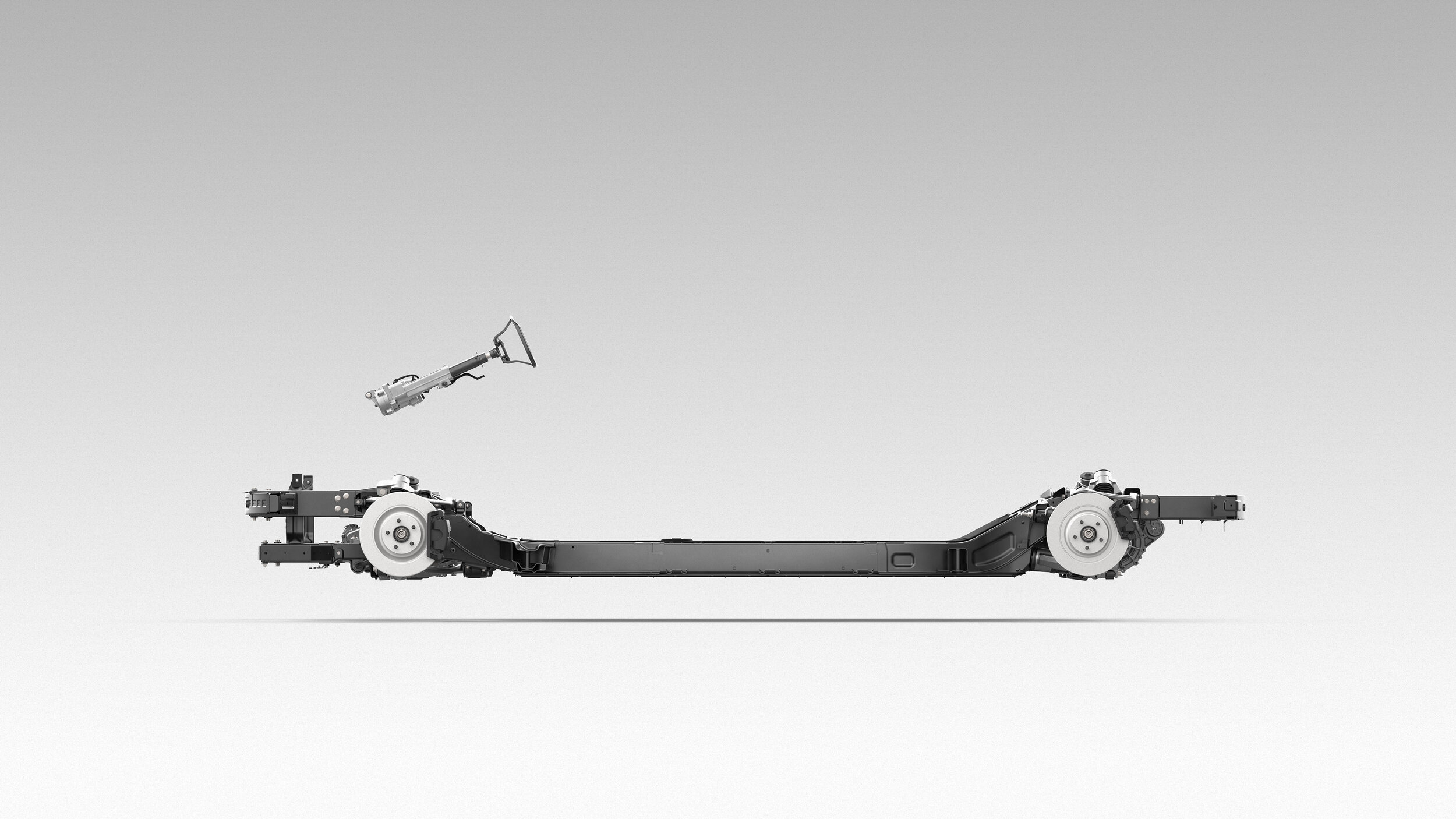Plug-In Hybrids: BMW, Toyota Embracing, GM Abandoning
[Feb. 14, 2020]
We’re currently witnessing an interesting dichotomy in the automotive world. Plug-In Hybrids (PHEVs) were once thought of as the perfect compromise between full electrification and the convenience of an internal-combustion engine. However, some of the pioneers of the segment, namely General Motors, are abandoning PHEV efforts and pivoting toward full electrification going forward. Others, most notably BMW and Toyota, are enthusiastically embracing and marketing their plug-in hybrids.
At one time, sub-100-mile range EVs were the poster children of “compliance cars,” but it appears PHEVs may be taking their place. Most PHEVs currently on the market are eligible for the coveted high-occupancy vehicle (HOV) carpool sticker in California, as well as a federal tax credit. However, within the universe of PHEVs, there’s a wide variation in range, from as little as 13 miles to as much as 53 miles in the now-discontinued Chevrolet Volt. With the departure of the Volt, the current PHEV range champ is the Honda Clarity Plug-In Hybrid at 47 miles.




(The Honda Clarity Plug-In Hybrid is currently the PHEV electric range leader.)
At first glance, PHEVs seem like the perfect vehicles for the transitional period we’re in right now. When used as intended, they mostly deliver on the promise of fully electric around-town driving and anxiety-free longer-distance driving. However, as with traditional hybrids, PHEVs are essentially carrying redundant powertrains. The long-term promise of EVs is cost savings through simplification. As battery costs continue to come down for EVs, the straightforward powertrain of EVs should yield significant manufacturing savings over a conventional internal-combustion vehicle.
As we’ve previously discussed, the EV charging infrastructure is currently inconsistent, and far from comprehensive in most areas of the U.S. The choice to purchase an EV as an “only” car is one that should be considered carefully based on your area and driving routine. For some people, a PHEV still makes more sense. As the dual trends of longer-range, higher-capacity, faster-charging batteries and a maturing charging infrastructure start to converge, the use case for PHEVs gradually becomes less compelling. But until Level 2 and Level 3 charging stations truly become as ubiquitous as fuel pumps, you will still have customers that will want to hang on to a vestigial internal-combustion engine as their “security blanket.”
The question is how long will the “long tail” of PHEVs be? Five years, 10 years, 20 years? GM is betting on the former, and by the look of things, BMW, Toyota, and Honda are betting on the latter. Who is right? The marketplace will decide.
(Images courtesy Honda)
Like what you read? Follow us on Google News and like us on Facebook!







